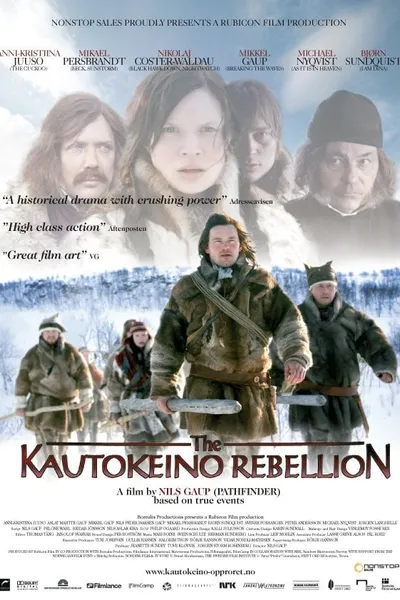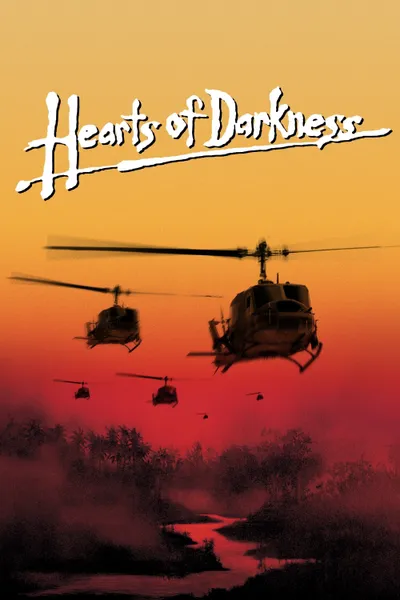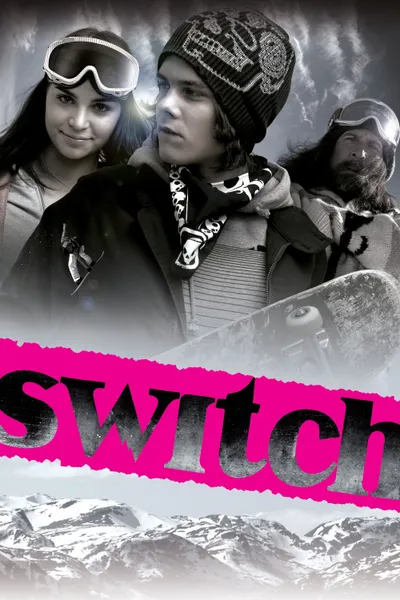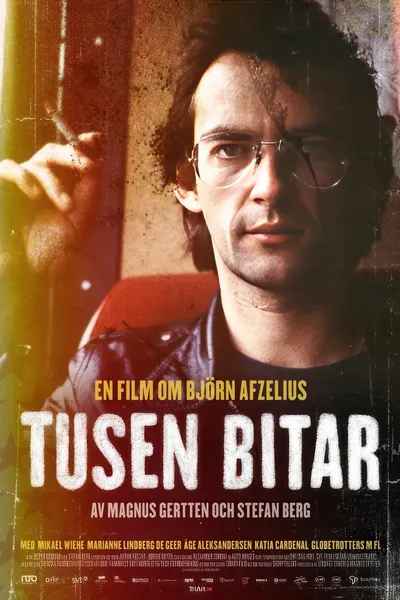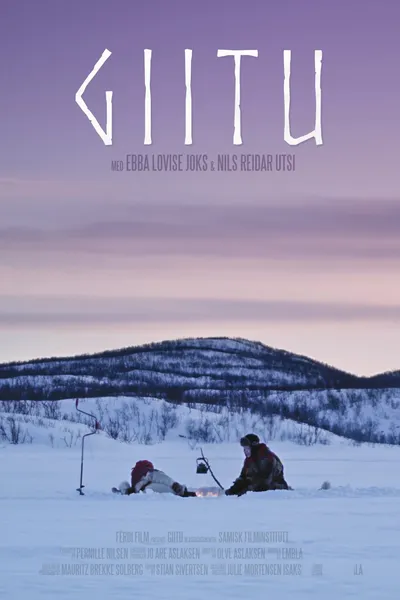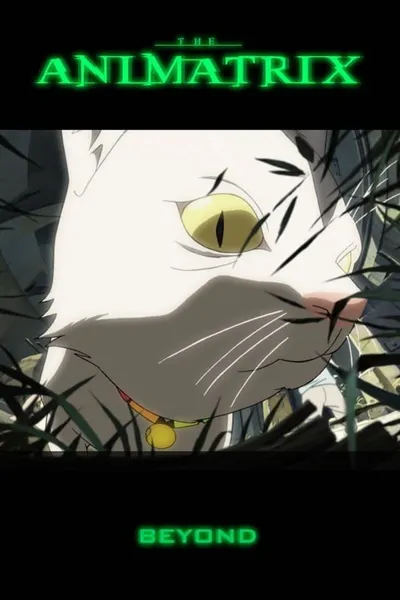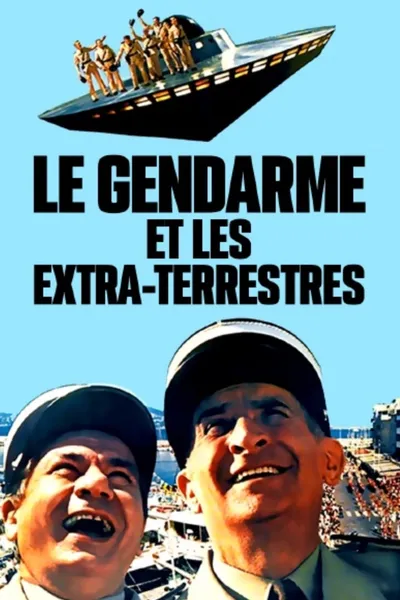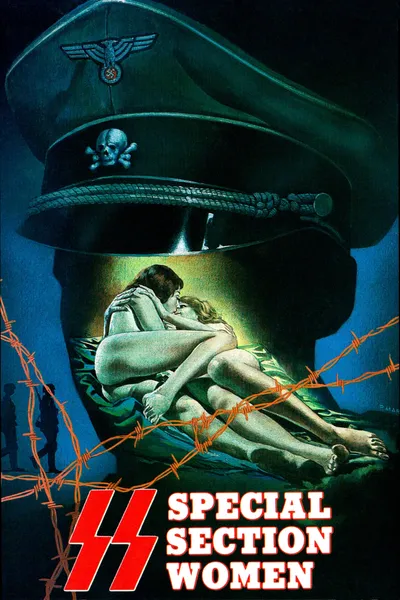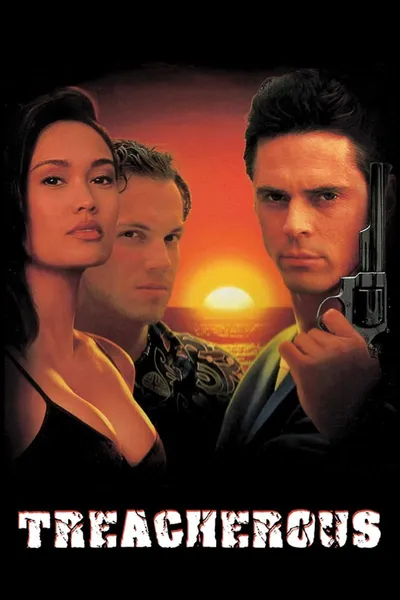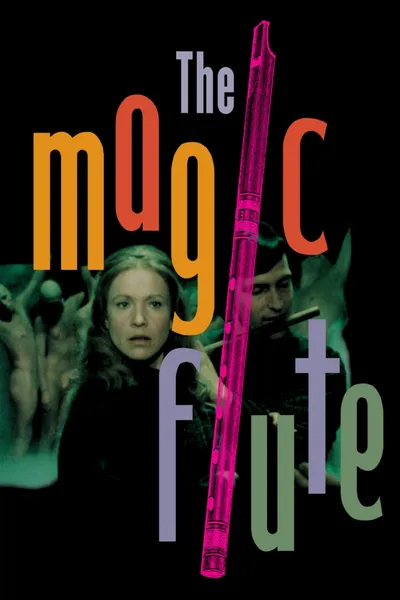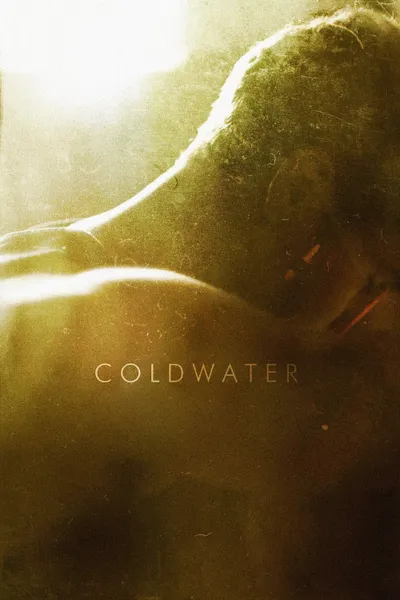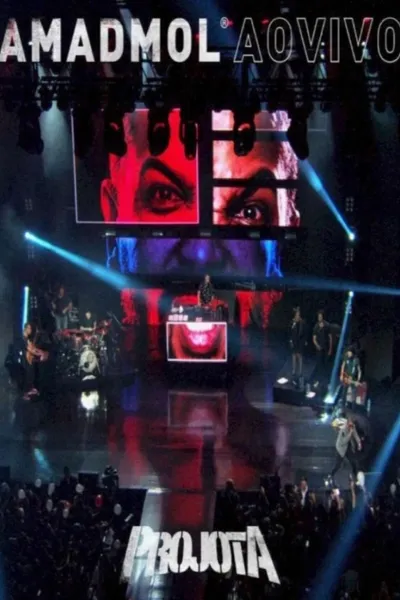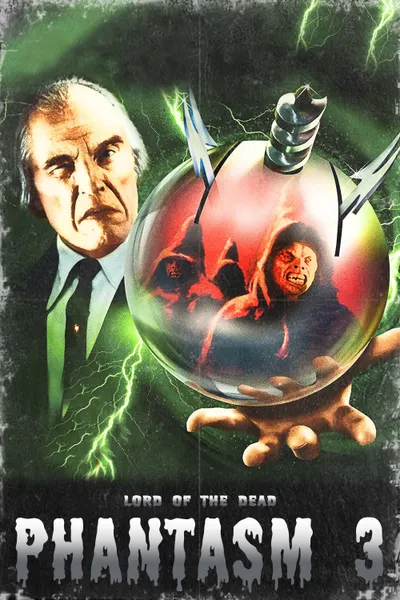Reviews
CRCulver
September 5, 20186.0
In 1852, Sami reindeer herders in the Arctic region of Norway were fed up with the Norwegian liquor industry exploiting their tendency to alcoholism, local government officials seizing parts of their herds, and a corrupt state church ignoring it all. They rioted, beating the local priest and killing a merchant and government official. The two men considered ringleaders, Aslak Haetta and Mons Somby, were tried and executed. This incidence is little-known in most of Europe, but in the history of the Sami people it is one of the few tales of resistence to pressure from their southern neighbors and has gained a sort of epic status. Nils Gaups' 2008 film The Kautokeino Rebellion depicts this event. The main character of the film is Ellen Aslaksdatter Skum, who with her husband Mathis Haetta, was sentenced to long imprisonment. Ellen is played by Anni-Kristiina Juuso, a Sami actress best known for her role in Aleksandr Rogozhkin's 2001 film The Cuckoo. The film is multilingual, with the Sami speaking their own language, Swedish used as a lingua franca, and Norwegian heard from a few outsiders. Mid-19th century Norway is depicted in absorbing detail, and watching the film I felt to some degree that I was sharing the challenges of the characters in the frozen north.
The film takes a few liberties with history (the whipping of the priest isn't portrayed, and the rioters are stopped by what seem to be Norwegians instead of their own other Sami neighbors. Still, it's generally factual and really inspires the viewer to go out and learn more about the event. What I really admire about the film is that it doesn't try to portray the murderers as bold defenders of national consciousness: their uprising was something of an act of blind rage and they were betraying their own Christian ideals. Other depictions of the riots, such as Launis' godawful opera "Aslak Hetta", give in to hyperbolic National Romantic feelings, but Gaups' film keeps it on the level.
Recommendation Movies
Hearts of Darkness: A Filmmaker's Apocalypse1991
Izzat2005
Switch2007
The Guy in the Grave Next Door2002
A Thousand Pieces2014
Giitu2018
Scooby-Doo! Mecha Mutt Menace2013
Beyond2003
The Gendarme Gets Married1968
In America2003
Turma da Mônica em Cine Gibi 7: Bagunça Animal2014
Scooby-Doo! and the Safari Creatures2012
The Gendarme and the Creatures from Outer Space1979
Deported Women of the SS Special Section1976
Treacherous1993
Scooby-Doo! and the Sea Monsters2012
The Magic Flute1975
Coldwater2013
Projota - AMADMOL (A Milenar Arte de Meter o Louco)2017
Phantasm III: Lord of the Dead1994
© 2025 MoovieTime. All rights reserved.Made with Nuxt
